What can fermented foods teach us about sustainable design?
By aligning discrete processes, value is created.
Waste Not, Want Not
Bread baking and beer brewing are among the earliest human crafts that tap into our potential for creativity. Witnessing the transformation brought about by fermentation rewards such curiosity. Further reflection upon our relationship with the responsible microorganisms highlights our repurposing of their waste.
In particular, yeast strains utilized in these activities metabolize sugars into carbon dioxide and ethyl alcohol—byproducts. We, in turn, use these substances to imbue our food and drink with form, structure, texture, flavor, and other pleasurable qualities. This approach of identifying unrealized value in existing processes is aligned with my design sensibilities and outlook on life.
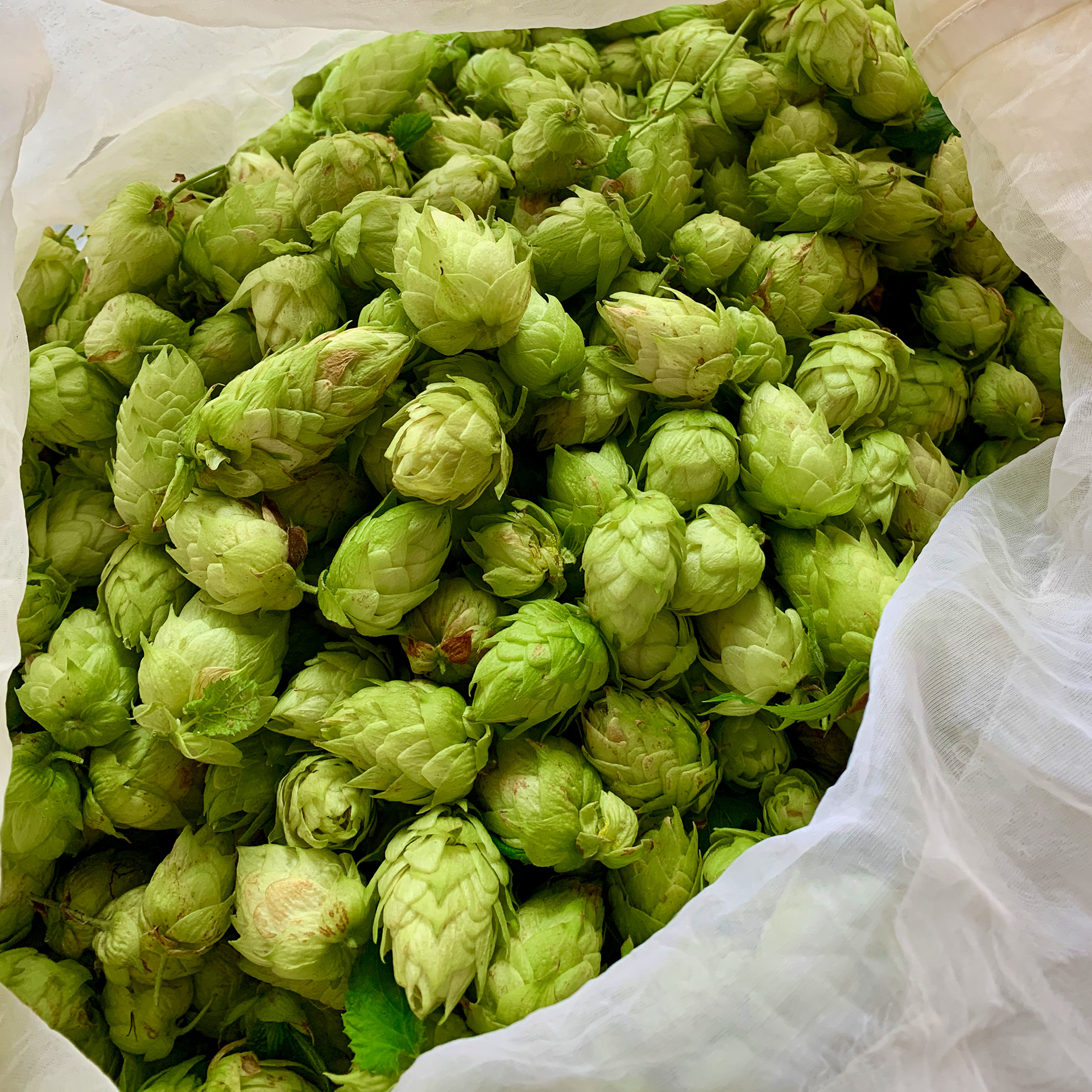
While brewing and baking rely on recipes that dictate the types and quantities of ingredients that will be included for use…
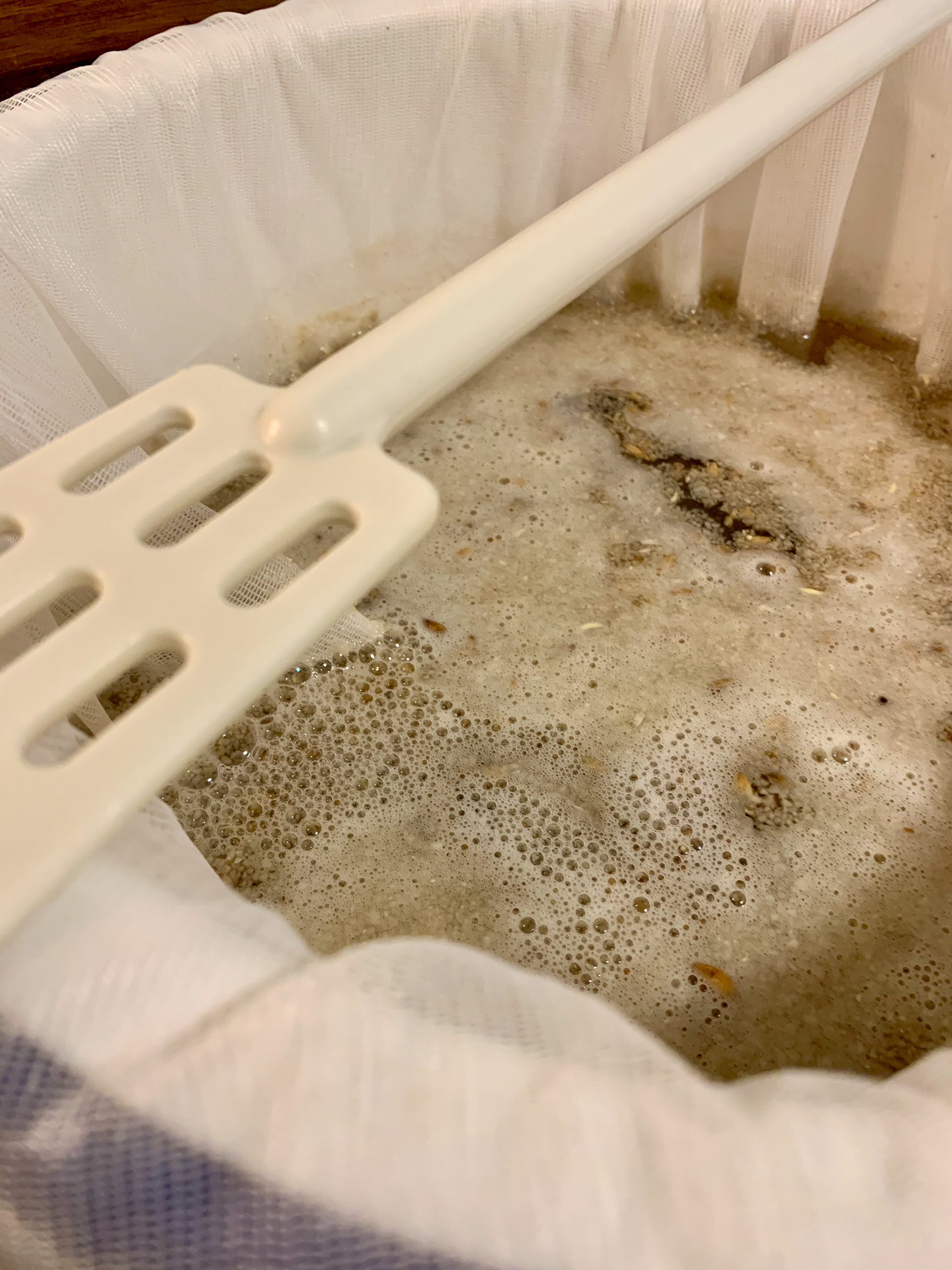
Everyone has developed their own process, based up on their own tools and techniques

…making room for interpretations that are both diverse and difficult to fully capture in paper or digital mediums that we depend upon.
While brewing and baking rely on recipes that dictate the types and quantities of ingredients that will be included, everyone has developed their own process, based up on their own tools and techniques.
This allows for interpretations that are both diverse and difficult to fully capture in paper or digital mediums that we depend upon.
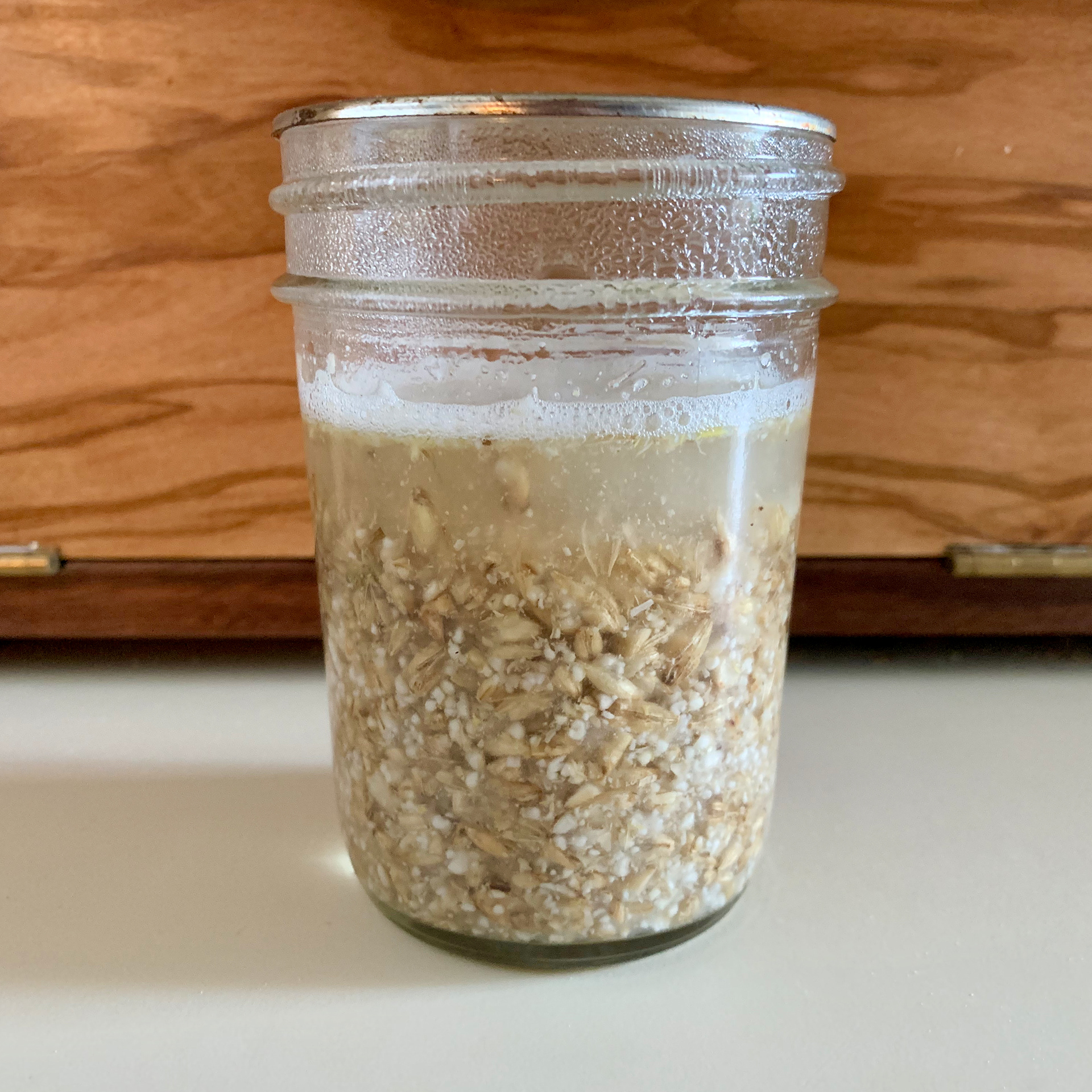
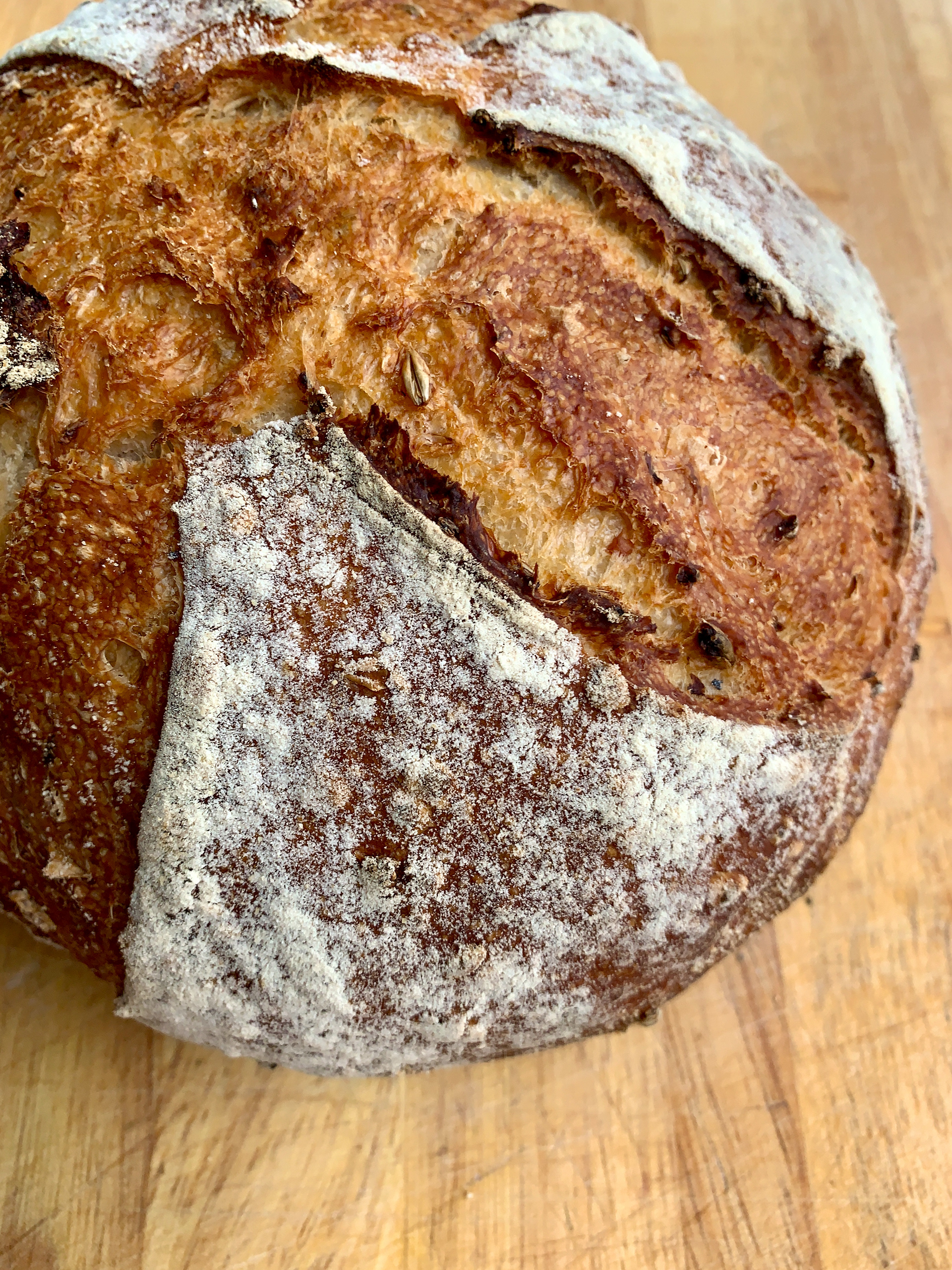
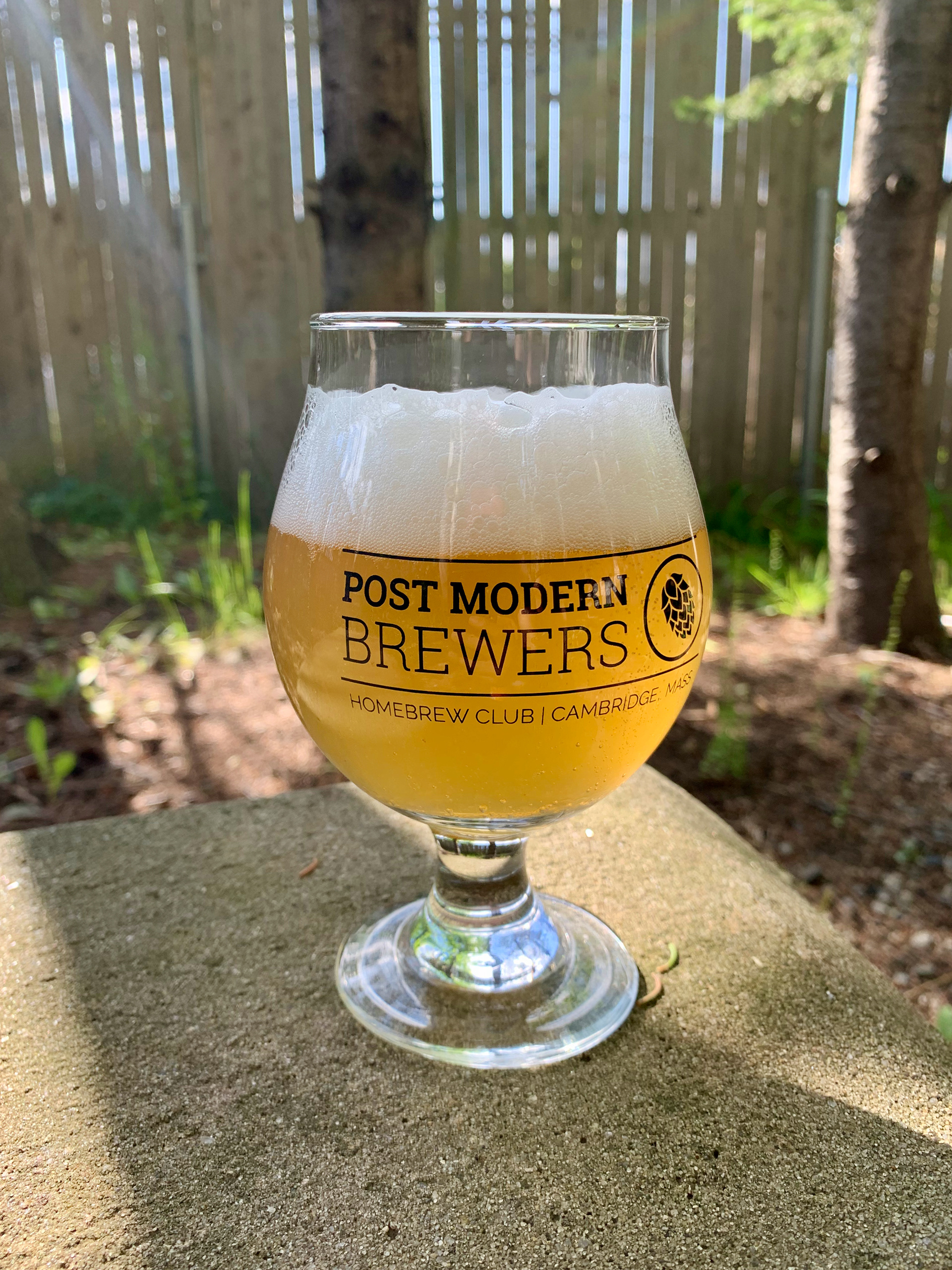
A deep understanding of each practice offers chances to blend them together.
For instance, using a small mash of malted barley to boost the level of enzymes in the dough allows more starches to be broken down into fermentable sugars. This leads to a more vigorous leavening, as well as counterbalancing the acidity of the sourdough culture by enhancing flavors and browning from Maillard reactions.
This bread can be repurposed to replace a portion of the grain bill in a subsequent beer, reducing food waste and introducing complex flavors that normally must be approximated by using malted grains available to homebrewers.


